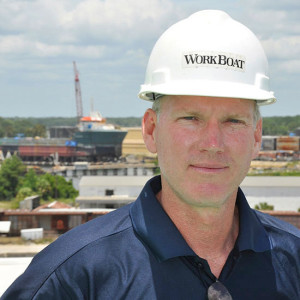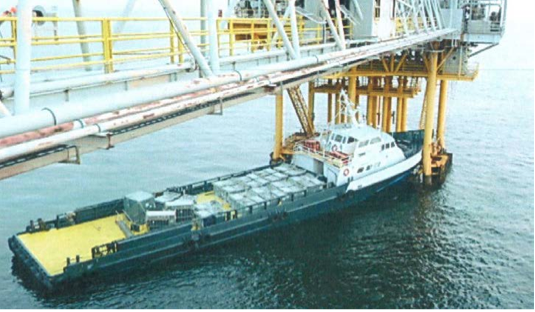The U.S. Coast Guard issued a safety alert Tuesday addressing the safe navigation of vessels while operating with an autopilot engaged.
In recent years, there have been numerous instances in the Gulf of Mexico where a crewboat, supply vessel or other commercial vessel allided with oil rigs or structures or collided with other vessels, causing significant injuries, property damage, platform fires, and oil or gas well shut-ins, the Coast Guard said in Safety Alert 10-16. These types of casualties have often resulted in serious injuries and have the potential for multiple fatalities and serious environmental damage.
In the offshore energy industry, it is standard practice to engage autopilot systems while transiting to and from job sites in open and restricted waters (e.g., platform fields), often regardless of visibility. Autopilot-induced casualties are not limited to offshore service vessels and casualties have occurred on other vessel types that are equipped with autopilot systems.
Autopilot systems can free up the helmsman to step away from the helm in order to perform other minor wheelhouse tasks and gain different navigational viewpoints. There are also disadvantages that have the potential to lead to negligent navigational practices. Overreliance on these systems can result in an operator getting too engrossed in performing other work on the bridge and, in some extreme cases, can lead to watchstanders leaving the bridge for extended periods of time. This inattentiveness to navigation has led to marine casualties, the Coast Guard said.
“It should come as no surprise that when an inattentive operator meets with extreme circumstances, he or she usually has no time to take corrective actions. Also, in some past incidents, when there was time to take corrective action, the operator’s lack of system knowledge hindered the need to rapidly change over from autopilot to manual steerage mode,” the safety alert said.
Specific regulations govern the use of autopilots, and these can be found in 46 Code of Federal Regulations. The general regulation found in 46 CFR reads:
Use of Autopilot. When the automatic pilot is used in areas of high traffic density, conditions of restricted visibility, or any other hazardous navigational situations, the master shall ensure that:
- It is possible to immediately establish manual control of the vessel’s steering;
- A competent person is ready at all times to take over steering control; and
- The changeover from automatic to manual control of the vessel’s steering and the reverse is made by, or under the supervision of, the master or officer of the watch.
The Coast Guard strongly recommends that owners and operators ensure that all credentialed mariners:
- Are fully aware of “Use of Autopilot” regulations found in the vessel’s respective subchapter in 46 CFR.
- Conduct periodic training to ensure that crews are properly versed in the operations and limitations of the autopilot system.
- Develop and prominently post written procedures on how to switch from autopilot to manual control in the vicinity of the autopilot system.
- Review company policies and evaluate setting operational limitations on the use of autopilot with regard to areas of high traffic density, conditions of restricted visibility, or any other hazardous navigational situations. NOTE: NOTHING exempts a vessel operator from the requirements of the International and Inland Navigation Rules of the Road.
This safety alert was developed by Marine Safety Unit Morgan City, La., and distributed by the Office of Investigations and Casualty Analysis. Questions or comments may be sent to HQS-PF-fldr-CG-INV@uscg.mil.




